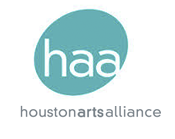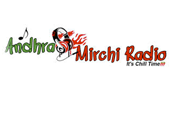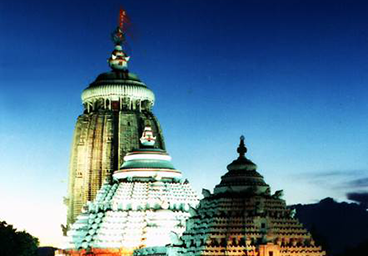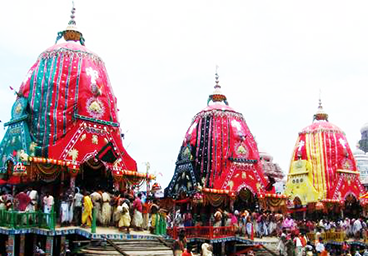Orissa Culture Center (OCC)
OCC was established in 2008 and obtained its not-for-profit 501 C 3 status from IRS in 2009 as an unique center outside of India to provide a center of excellence to foster Odia culture, heritage and traditions of universal brotherhood and harmony . The vision of OCC is to: Celebrate Annual Houston Ratha Jatra to promote the culture of universal brotherhood. Promote Lord Jagannatha’s (Lord of the Universe) message of Universal Brotherhood Promote Odia art, literature, culture, heritage and traditions Establish a museum to showcase Odia artisans’ art work and Jagannatha Culture Create a library with a rich collection of rare Indian books Document immigration of people of Odisha to North America.
Key Achievements at a Glance
In 2008, OCC took a leadership role as a major partner to celebrate the first ever Jagannatha Ratha Jatra in Houston. In 2010, Houston Arts Alliance awarded a major grant from the Mayor’s Arts Initiative towards the Ratha Jatra Celebration. Since then Houston Arts Alliance has granted OCC grants for the past 3 years to celebrate the Annual Houston Ratha Jatra (Chariot Festival). These are testimony for our maturity and success as a cultural organization. The inaugural 2008 Ratha Jatra was organized at the India House premises with congresswoman Hon. Sheila Jackson Lee as the Chief Guest, whereas the 2009 event was celebrated at the Shri Radhakrishna temple with former Houston city Mayor, Mr. Bill White in attendance as the Chief Guest. 2010 event was graced by Harris county judge honorable Ed Emmett.
In September, 2009, OCC purchased a two Acre land (2002 De Soto Street, Houston TX 77091) in the heart of the town towards building a temple of our deities and a culture center cum auditorium. The land has been cleared and currently being filled and leveled for the construction. An architectural plan has been developed with active consultations from our community members and has been provisionally approved by the City of Houston. We expect the construction of the temple and an auditorium to be completed by the Fall of 2015. The project skecth is avialbale at Architizer.
OCC has developed a framework to bring Odiya artists to promote our culture. As a part of this initiative OCC board of directors (BOD) has sponsored two prominent Odissi Gurus from Odissa (Guru Nityananda and Guru Bijay) in the summer of 2011 for a workshop and retreat for the young Odissi dancers in the greater Houston area and other cities in North America.
To broaden OCC’s presence to broader Indian community in the greater Houston area, where possible, OCC participates in major festivals like Republic and Independence day, Janmastami, and Holi etc. OCC highly encourages its members to take an active role in bringing our small community to the forefront of others.
In summary, the above initiatives are part of OCC’s long term-term vision to provide a permanent infrastructure to support community events, house Lord Jagannatha in Houston and celebrate His unique Ratha Yatra and host a library with a rich collection of books on Jagannath culture and Oriya literature. We envision that OCC will become a center for Greater Houston Odia and Indian community supporting activities such as spirituality, cultural events, community service, education, music, dance and Odia culture.












